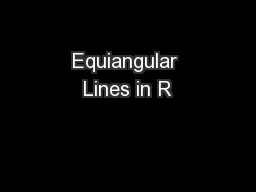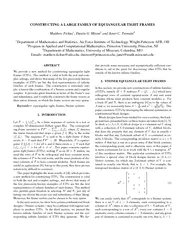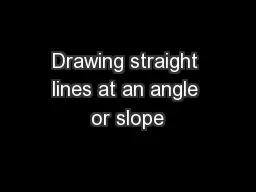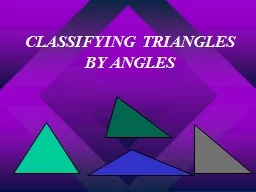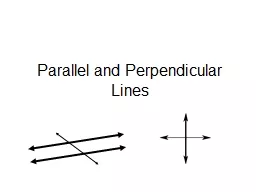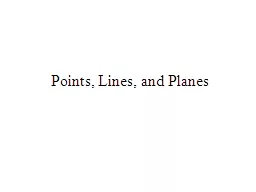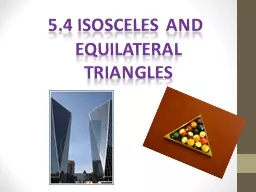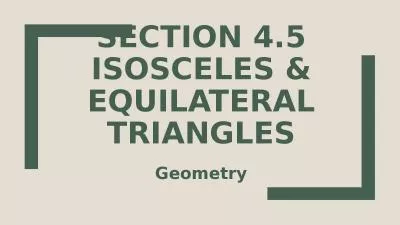PPT-Equiangular Lines in R
Author : pasty-toler | Published Date : 2016-04-07
d Moshe Rosenfeld University of Washington Shanghai Jiao Tong University July 1 2013 How wide and how even can you spread your chopsticks Equiangular Lines Definition
Presentation Embed Code
Download Presentation
Download Presentation The PPT/PDF document "Equiangular Lines in R" is the property of its rightful owner. Permission is granted to download and print the materials on this website for personal, non-commercial use only, and to display it on your personal computer provided you do not modify the materials and that you retain all copyright notices contained in the materials. By downloading content from our website, you accept the terms of this agreement.
Equiangular Lines in R: Transcript
Download Rules Of Document
"Equiangular Lines in R"The content belongs to its owner. You may download and print it for personal use, without modification, and keep all copyright notices. By downloading, you agree to these terms.
Related Documents

